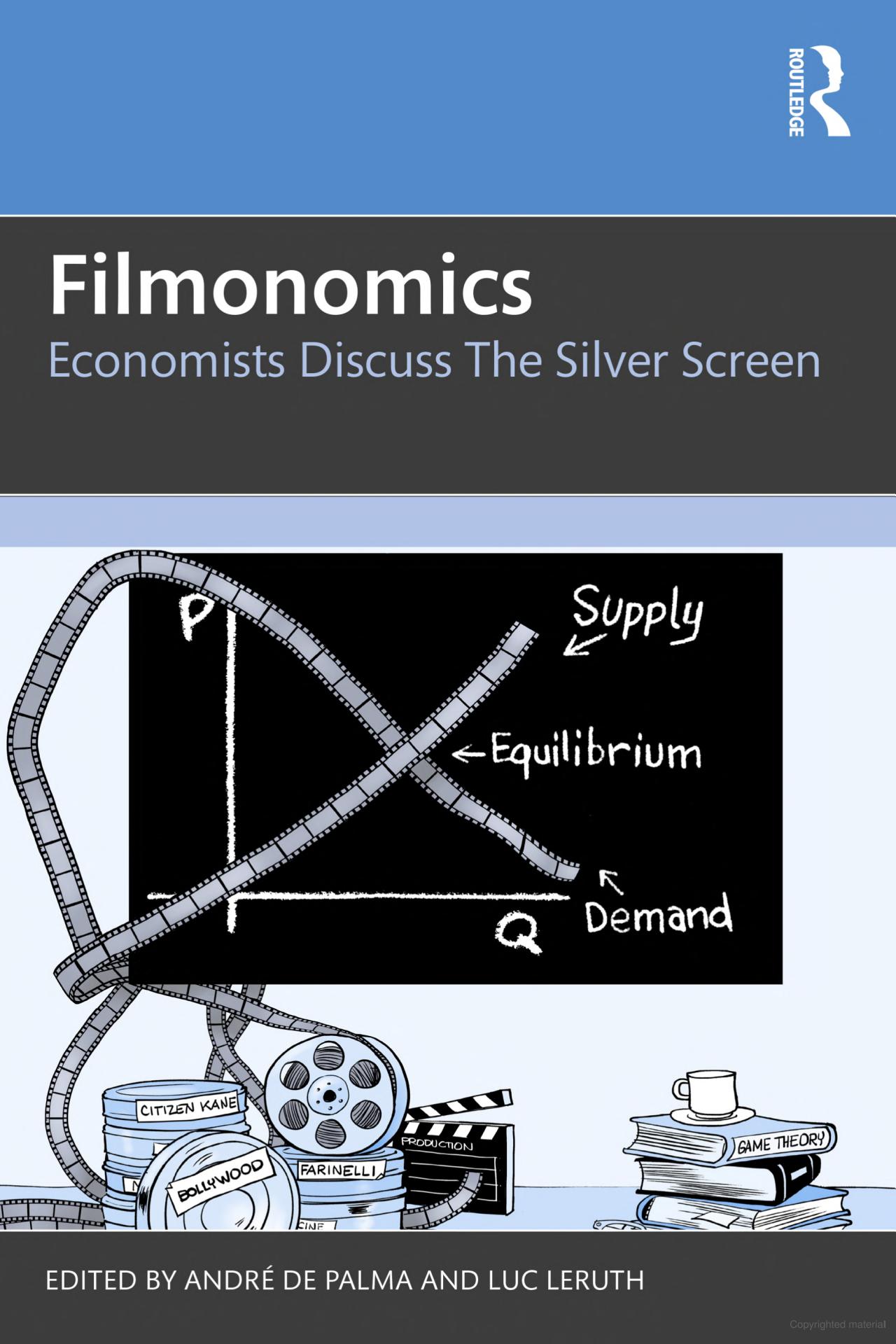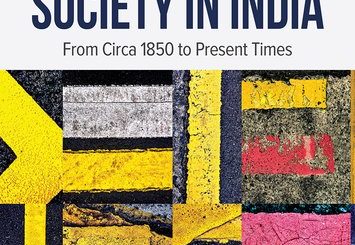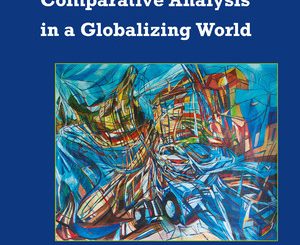Agarwal, Bina, 2025. “Mirch Masala and Manthan: The Power of Women’s Collective Action in Challenging Orthodox Economic Theory and Local Authority.” Filmonomics.

Professor Bina Agarwal’s article titled “Mirch Masala and Manthan: The Power of Women’s Collective Action in Challenging Orthodox Economic Theory and Local Authority” is published as a chapter in the book edited by Andre de Palma and Luc Leruth, entitled ‘Filmonomics: When Economists Discuss the Silver Screen’ (London & New York: Routledge, 2025).
Abstract: This chapter explores the triangulated perspectives offered by conventional economic theory, films depicting social reality, and grounded empirical research. Focusing on the theme of collective action and cooperation, especially from a gender perspective, it draws on two Indian films, Mirch Masala and Manthan, to discuss the ways in which women might cooperate in resisting economic and social inequalities. Conventional economic theory has long been sceptical of people’s ability to cooperate, assuming that driven by self-interest, they will tend to free ride. It thus fails to capture the complexity of real-life interactions. In reality, people do cooperate in multiple ways, as depicted both in these films and in historical and contemporary social science research. The chapter distinguishes between agitational collective action, characterised by spontaneous and sporadic acts of resistance, as depicted in Mirch Masala, and everyday cooperation as embedded in institutions such as the AMUL milk cooperative story depicted in Manthan. The latter, it notes, is often essential for sustained change. But neither form of collective action, in itself, may be enough for radically changing unequal gender relations within the family. Hence, these films, while depicting the potential power of women’s collective action in resisting authority, fall short of providing effective pathways to gendered transformation. Recent empirical research, however, which focuses on new forms of cooperation that strengthen women’s agency, both economically and politically, holds notable promise for change. This work not only challenges prior assumptions in collective action theory but also provides some solutions to the closing dilemmas posed in the films. These new realities hold promise for more transformative change in gender relations and throw a challenge to today’s filmmakers to capture this emerging reality.
More information about the book & the chapter is available here.









